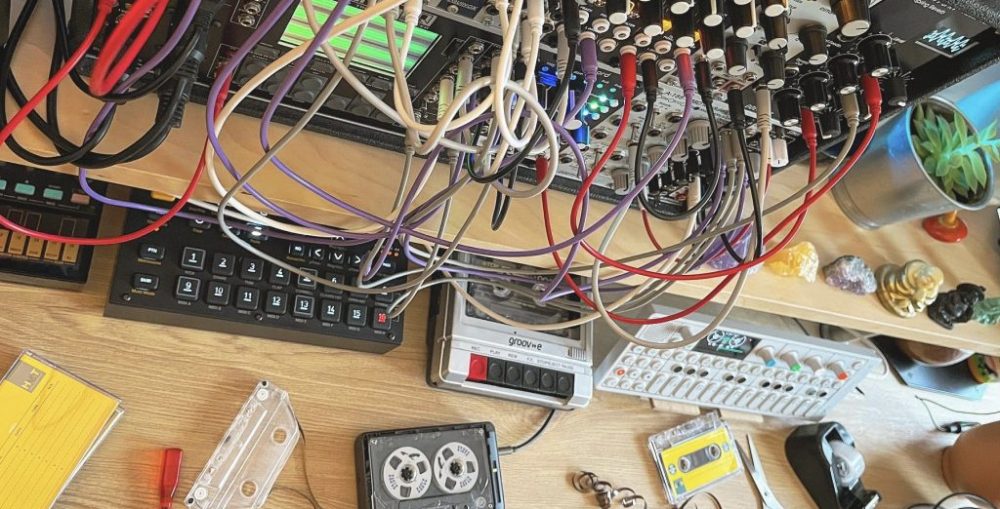This is the final show featuring all class team’s radio art pieces published on the 3rd of February of 2023 on Resonance FM. I was able to record it from the radio on the day of its release and I thought it would be interesting to upload it on the blog. Thanks to our lecturer Ed Baxter for making this possible.
Written by Resonance FM:
“Tonight at 8pm: New works for radio realised by BA1 sound artists @lccsoundarts @lccLondon comprising “Tales of Time” made by Charlie Atkins, George Coggan, Zaron Lane and Ben Shiels; “What is Sound Art?” by Sun Sun, Wendi Shen, Ruby Tainton and Vit Trojanovski; “Cicada” by Evaneh Bennett, Louie Bourne, Tata Cheng, Miles Lukoszevieze, Daniel Marin-Morejon, Kiana Selusenkova and Lucas Yoshimura Wood; “Unheard Screams” by Robert Burton, Saia Dugan, Mario Edwards-Roberts, Robin Goodfellow, Amani Okundi, Gabriel Paz and Jay Smith-Wratten; and “Worship” by Declan Agrippa and Saffron Hassan.
Repeats Monday 10am.
London College of Printing and the Michael Farraday Memorial on the roundabout, Elephant and Castle, London, 1967 by Bill Toomey.
Architectural Press Archive / RIBA Collections ref RIBA47801″

